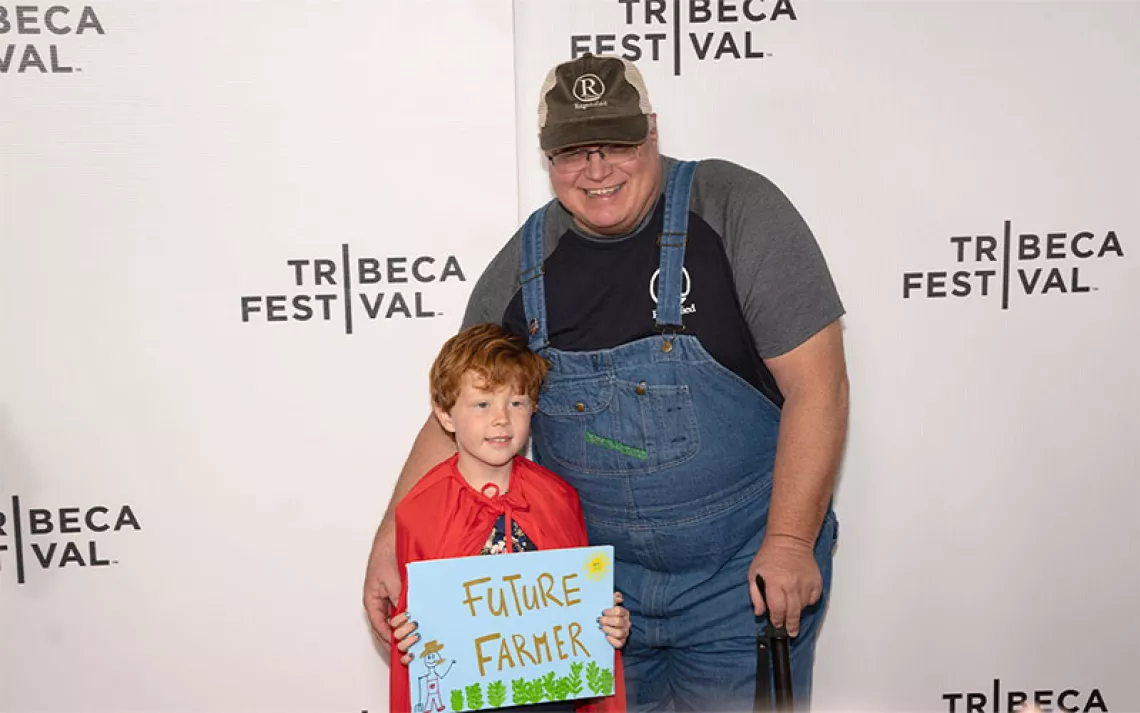Giant Invasive Rodents Star in Gripping New Documentary
Inside the nutria epidemic affecting millions in coastal Louisiana and beyond
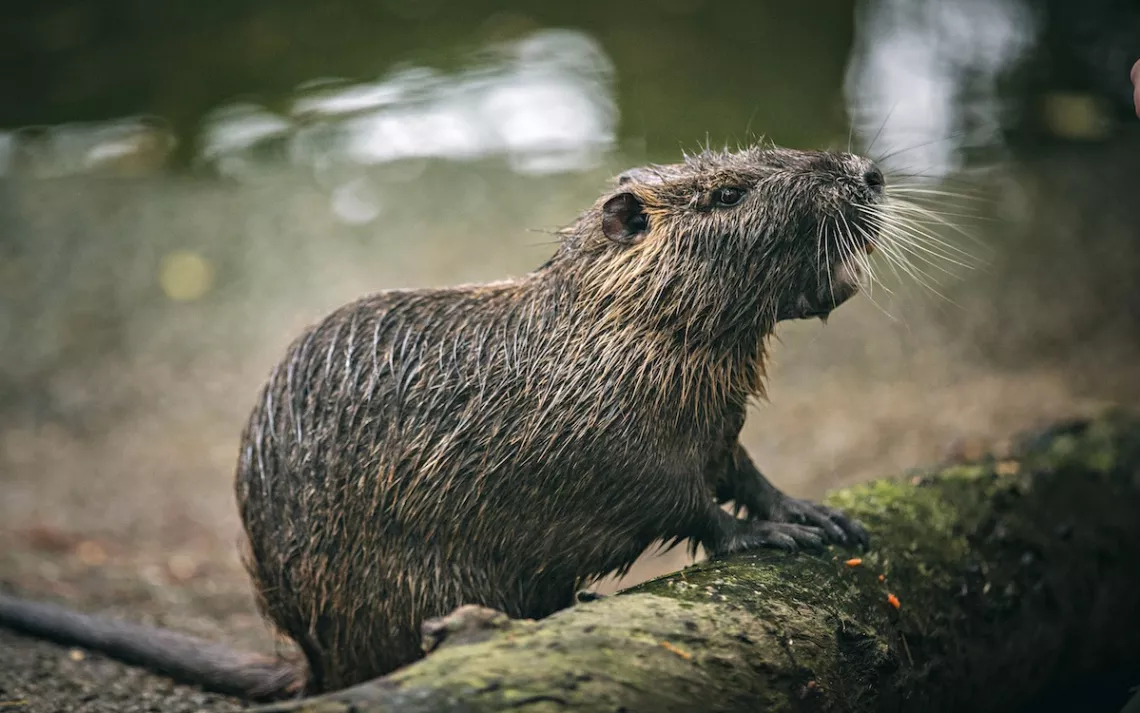
Nutria photos courtesy of Angela Deville. Film stills courtesy of Gabrielle Savoy.
They’ve taken over the swamps, and now they could be after your neighborhood. Once more than 20 million strong, the invasive, giant bucktoothed swamp rats known as nutria take center stage in a new documentary from Tilapia Films and the Independent Television Service: Rodents of Unusual Size.
Narrated by award-winning actor and Louisiana native Wendell Pierce, this hair-raising film follows the nutria from the subterranean tunnels of New Orleans’s Lower Ninth Ward to locals’ living rooms. The documentary begins in the bayou of Delacroix Island, Louisiana, where fisherman Thomas Gonzales takes viewers on a tour of his decimated hometown.
Initially imported from Argentina during the Great Depression, the 15- to 22-pound semiaquatic rodent’s large size rendered it more appealing to fur farmers than native fur-bearers like muskrats. However, when the animal rights movement gained momentum in the 1980s, the fur market crashed. Without demand, farmers stopped harvesting nutria, causing its population to explode—and to consume dangerous quantities of coastal wetlands.
The problem stems from nutrias’ voracious appetite. Each one consumes approximately 25 percent of its body weight in vegetation on a daily basis. That can lead to less coastal vegetation, which is an important buffer against water intrusion onto land—making cities more vulnerable to natural disasters such as hurricanes, and potentially magnifying their effects.
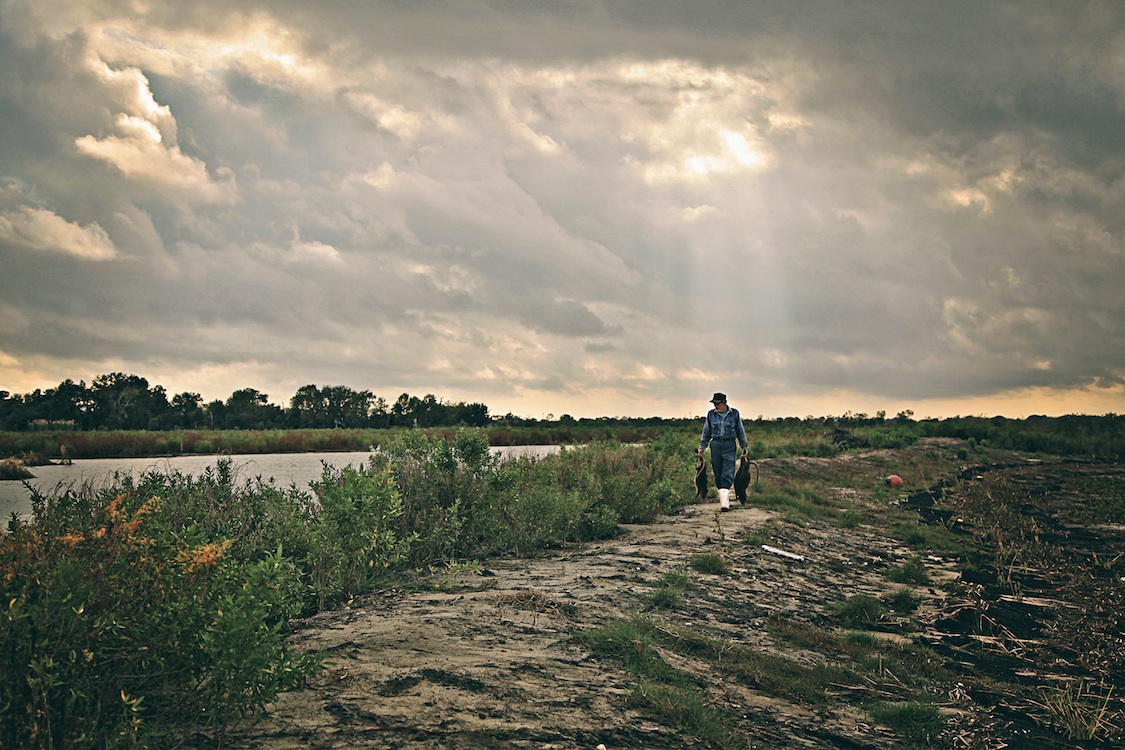 Although found on both coasts of the United States, nutria populations are densest along the southern coast of Louisiana, where they contribute to the 3 million acres of wetlands lost annually. This deterioration is what turned the once-green Delacroix Island into the barren mudscape featured in Rodents of Unusual Size—and it’s causing many Louisiana communities to move farther north and inland.
Although found on both coasts of the United States, nutria populations are densest along the southern coast of Louisiana, where they contribute to the 3 million acres of wetlands lost annually. This deterioration is what turned the once-green Delacroix Island into the barren mudscape featured in Rodents of Unusual Size—and it’s causing many Louisiana communities to move farther north and inland.
Over the past few decades, the spike in nutria populations has transformed much of the state’s marshlands into open water—which makes them that much more vulnerable to storm surge. As Rodents of Unusual Size documents, the giant rodents eventually moved out of the swamps and into urban areas, where they became accustomed to people. They now can be found in sewers, sifting through trash, and devastating golf courses. Which means more and more Louisianans are forced to take action or else risk losing their land.
In response to the outbreak, the Louisiana Department of Wildlife and Fisheries created the Coastwide Nutria Control Program in 2002, which put a $5 bounty on nutria tails to incentivize locals to hunt them. Many among the state’s indigenous Cajun population now sustain themselves through the program, and collectively turn in an average of 500,000 nutria tails each year. Rodents of Unusual Size’s filmmakers accompany nutria hunters on their daily shooting sprees, escorting viewers through Louisiana’s mucky coastal swamp.
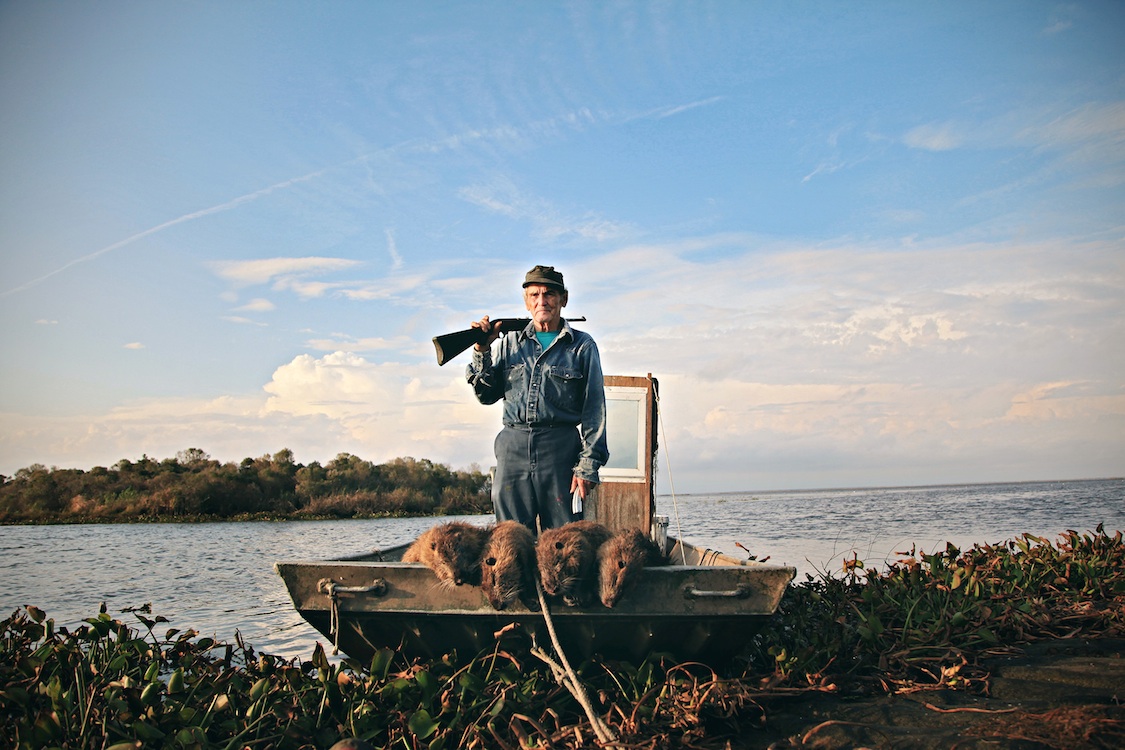 The film also showcases the resourcefulness of local organizations that have effectively responded to the nutria crisis. Righteous Fur turns dead nutria into guilt-free fur hats, jackets, legwarmers, and even jewelry. Marsh Dog repurposes the lean meat of nutria (considered a delicacy in its native Argentina) for locavorean dog treats, as well as sausage, Slim Jims, tamales, and gumbo. Considering the fact that shrimp, crab, and oysters could disappear altogether, thanks to climate change, nutria meat may just stand a chance in the mainstream food market.
The film also showcases the resourcefulness of local organizations that have effectively responded to the nutria crisis. Righteous Fur turns dead nutria into guilt-free fur hats, jackets, legwarmers, and even jewelry. Marsh Dog repurposes the lean meat of nutria (considered a delicacy in its native Argentina) for locavorean dog treats, as well as sausage, Slim Jims, tamales, and gumbo. Considering the fact that shrimp, crab, and oysters could disappear altogether, thanks to climate change, nutria meat may just stand a chance in the mainstream food market.
The film also highlights Cajun communities’ complex relationship with nutria. Despite the damage these giant rodents cause, nutria have become a cultural touchpoint—many gather for nutria-skinning competitions, visit them at New Orleans’s Audubon Zoo (where T-Boy the nutria serves up a nontraditional twist on Groundhog Day), and even keep them as pets.
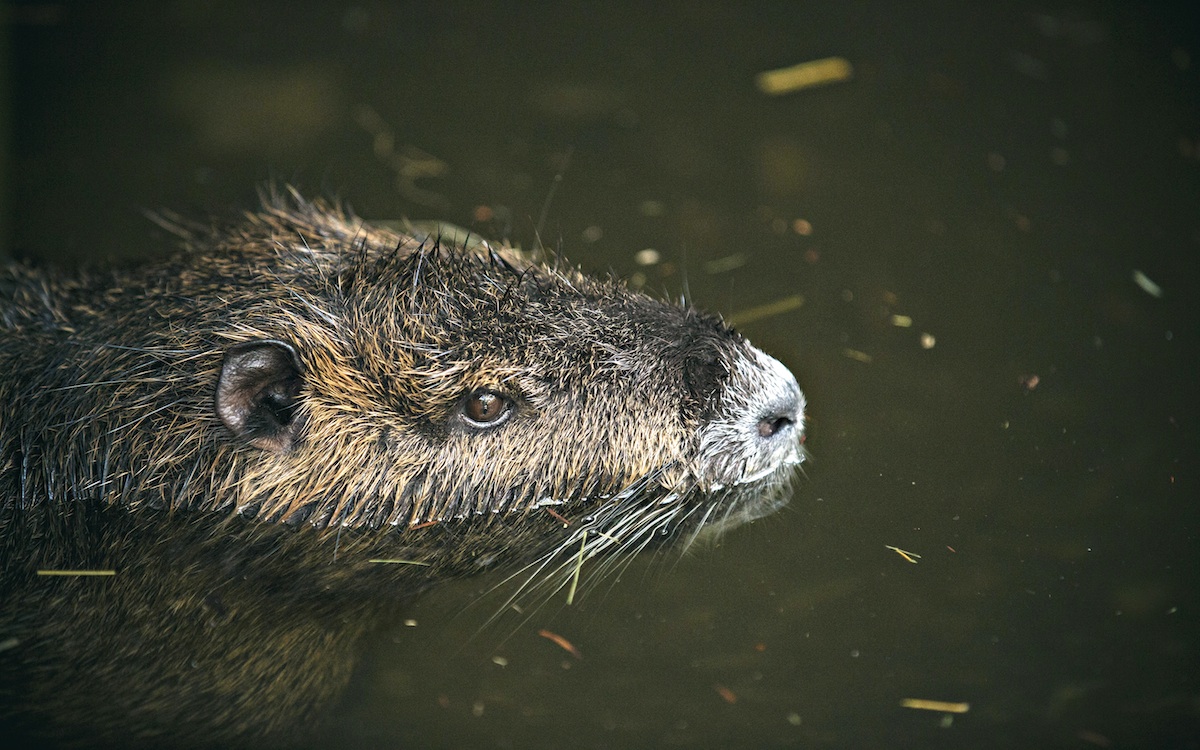 Despite what it seems, Louisiana’s situation is rapidly improving. Since the height of the crisis, the nutria population has been whittled from more than 20 million to just several million, and damaged areas have decreased from 100,000 acres to less than 6,000 acres. In this way, the film serves as a testament to hope—demonstrating that even the most alarming and unexpected crises hold solutions.
Despite what it seems, Louisiana’s situation is rapidly improving. Since the height of the crisis, the nutria population has been whittled from more than 20 million to just several million, and damaged areas have decreased from 100,000 acres to less than 6,000 acres. In this way, the film serves as a testament to hope—demonstrating that even the most alarming and unexpected crises hold solutions.
At the film's conclusion, however, fisherman Gonzales acknowledges that the nutria war is far from over. “We’re never going to get rid of them, but if we can reduce the population we will be a lot better off,” he says. “If we don’t do it, there isn’t gonna be anything left.”
 The Magazine of The Sierra Club
The Magazine of The Sierra Club



